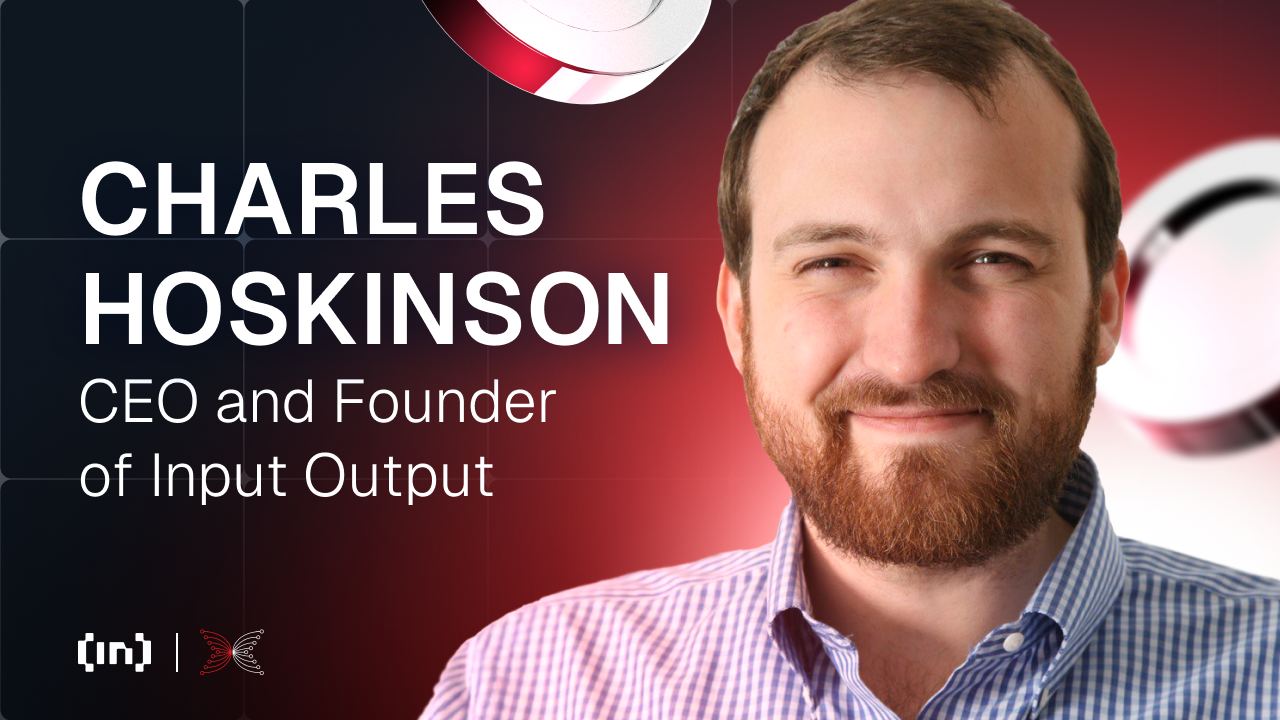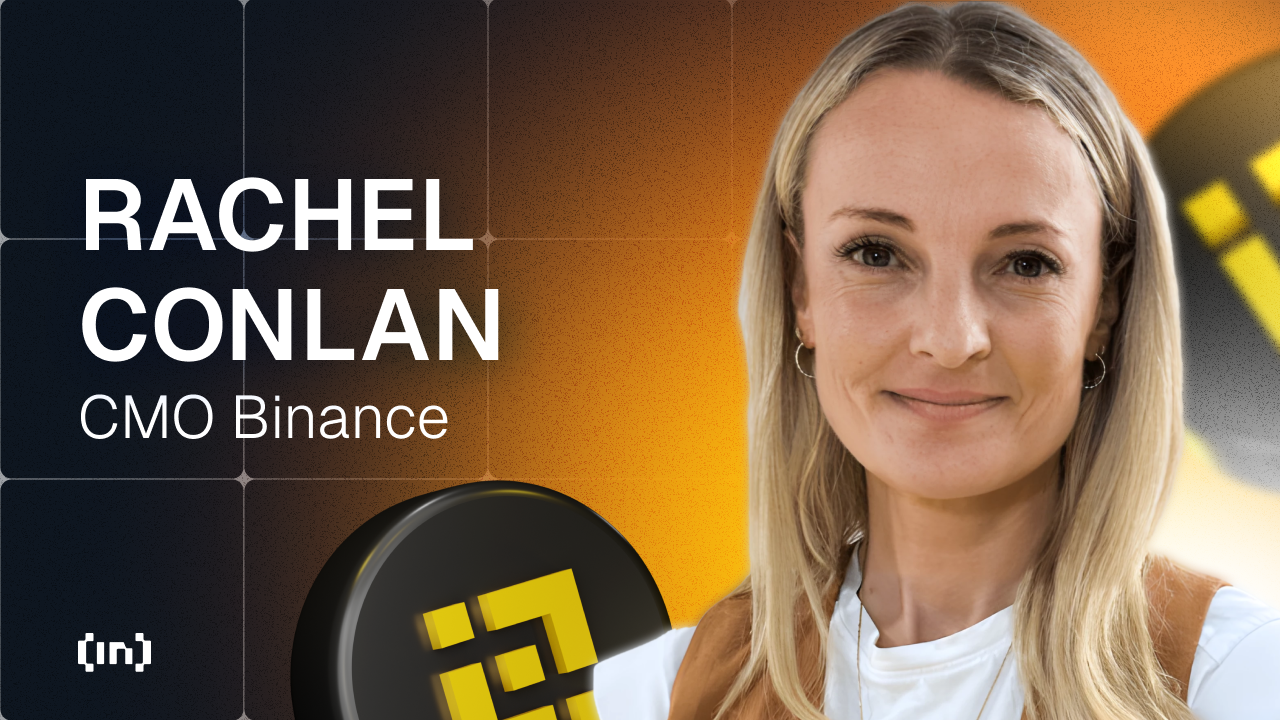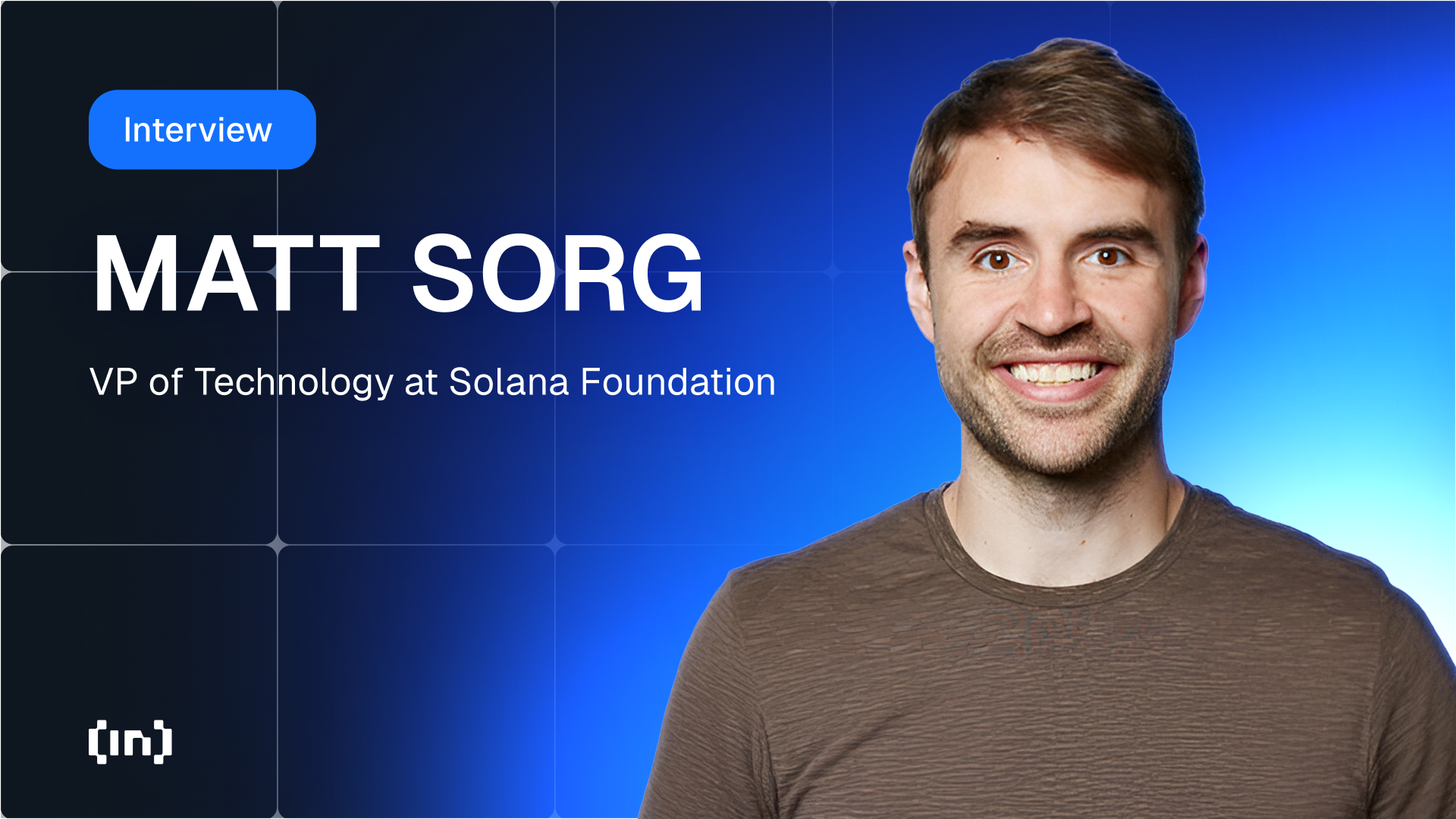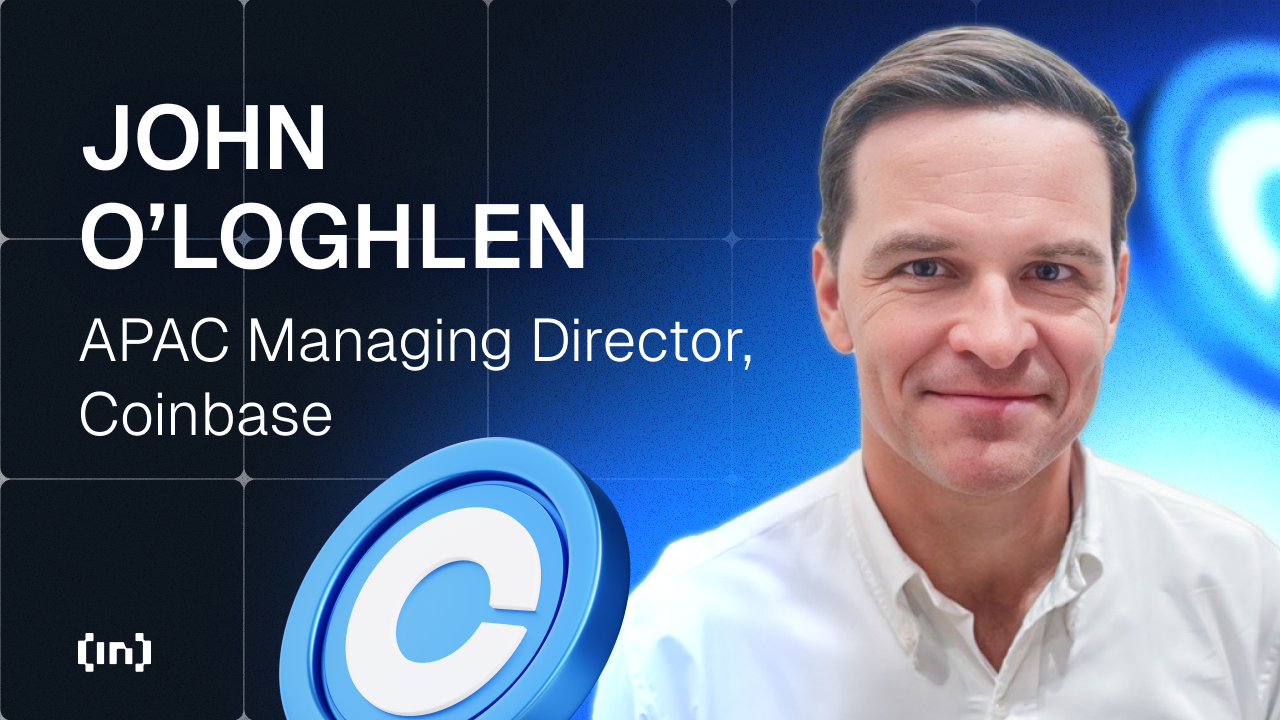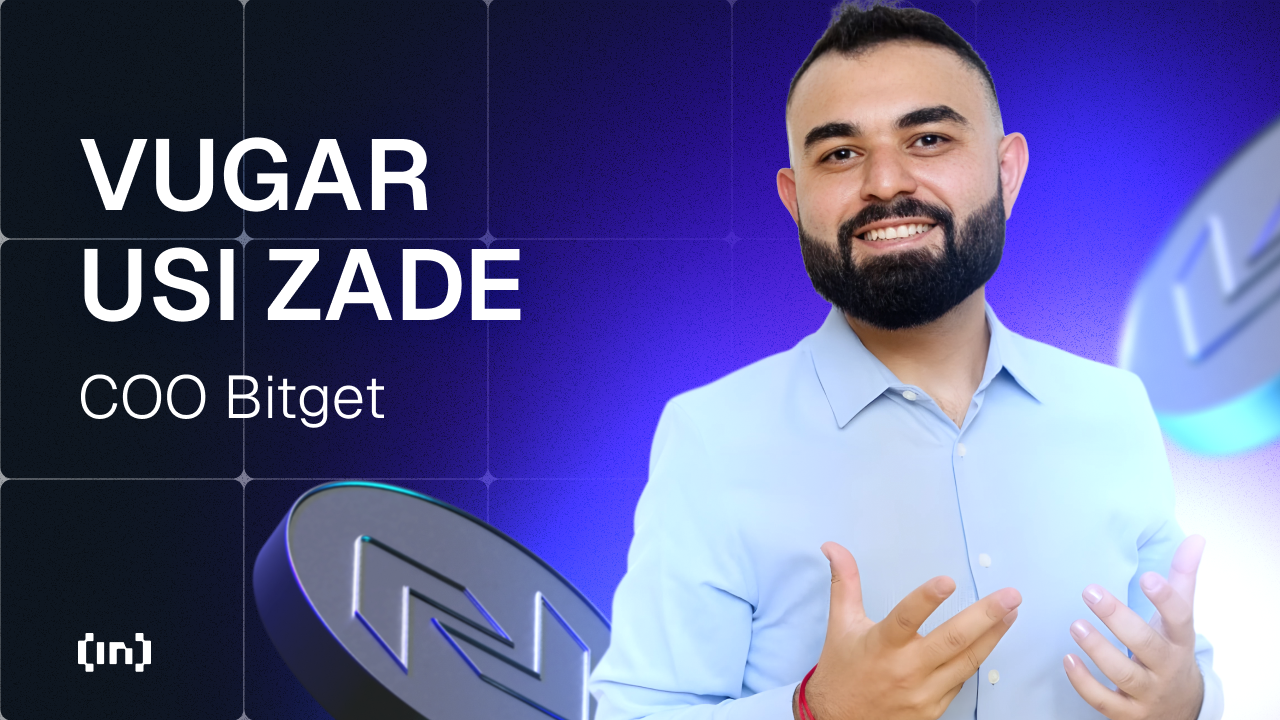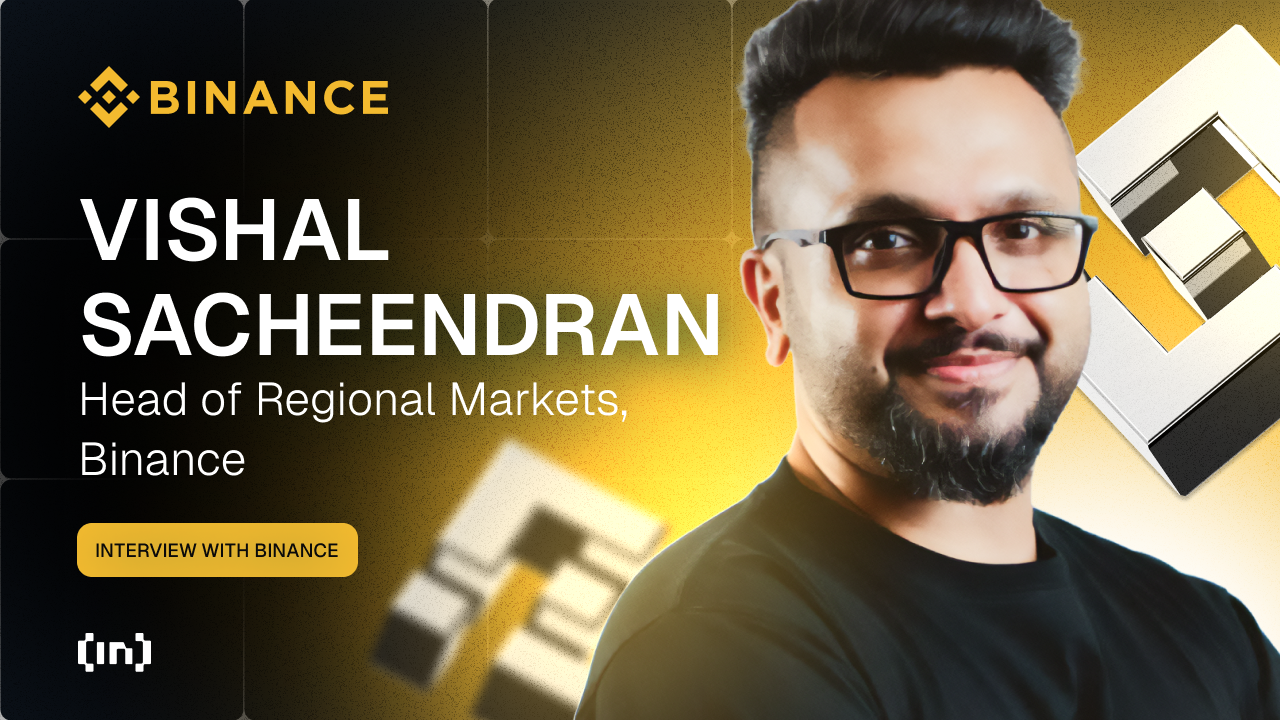Bracket, under the leadership of CEO Mike Wasyl, has just launched staking at Bracket.Fi
Phase I of the platform will feature Bracket’s liquidity program, offering users the opportunity to stake Liquid Staking Tokens (LSTs) and Liquid Restaking Tokens (LRTs) to earn rewards and power the next generation of DeFi.
Founding and Evolution
Founded by a team with deep experience in both cryptocurrency and traditional finance, Bracket was established by Mike Wasyl and his Co-Founders Jason Glazier and Pelli Wang. Their backgrounds include work at Consensys and major financial firms like D.E. Shaw & Co. and Bloomberg.
The team initially focused on developing derivatives products aimed at providing sophisticated trading strategies for managing volatility. However, market events in 2022 severely affected liquidity, which prompted Bracket to pivot towards a growing area in DeFi: Liquid Staking.
“When FTX collapsed, liquidity was drained from options and all derivatives-related markets. Even now, it’s surprising that the funds haven’t returned in significant amounts. This event really hurt the industry, particularly affecting liquidity on the derivatives side. Perpetual contracts became the dominant tool, with other categories shrinking significantly. This situation made us reconsider our approach and think about how we could expand our target market,” Wasyl recalls.
Wasyl explained they recognized a growing demand for passive investment strategies, particularly involving liquid staking tokens. This has become a major trend in DeFi as more investors seek stable and predictable returns. The change has received positive feedback as interest in LSTs and LRTs grows, with major players like Lido leading the charge.
“This led to the emergence of products like EigenLayer, which sought to capitalize on this interest by providing additional value to LST holders. Now, we also see Liquid Restaking Tokens (LRTs), which essentially take the interest earned from LSTs and offer additional rewards, such as points, to attract users’ attention,” he adds.
The Platform’s Launch and Features
Bracket aims to make these types of assets more accessible and efficient for users through their platform. They have developed brktETH, a token representing a composite of underlying Liquid Restaking Tokens (LRTs) and Liquid Staking Tokens (LSTs).
This means users don’t need to choose between different assets; they can simply hold brktETH, which offers diversified exposure, fungibility, and greater capital efficiency. Users can then deploy brktETH in various DeFi opportunities, including those provided by Bracket and potentially by other industry players.
“The aim is to create a high-quality asset backed by a treasury of LSTs and LRTs, which can be used in passive earning strategies and, eventually, in a more comprehensive marketplace with active opportunities,” Wasyl explains.
Bracket is launching in three phases, each designed to enhance user engagement and expand the platform’s capabilities. The first phase, live from July 31, introduces a staking liquidity program where participants can stake their LSTs to earn Bracket [BARS], which are loyalty points. These points serve as an early engagement tool, allowing users to participate in the platform’s growth and earn more rewards as the platform matures.
“In the DeFi market, a successful product must have a strong liquidity-building program. This is essential because liquidity drives interest, and interest, in turn, fuels liquidity. This is a key lesson we’ve learned in developing our platform. We’ve prioritized building liquidity,” Wasyl adds.
In the second phase, once the platform officially launches, users will receive brktETH tokens. The underlying LST and LRT collateral backing brktETH are securely held in a treasury, but users can withdraw the underlying collateral assets if they choose. brktETH can then be used to enter passive earning strategies, designed to be as straightforward as possible — similar to user-friendly traditional financial apps like Betterment. Bracket aims to eliminate the cumbersome spreadsheets and tables often associated with DeFi, offering a more tailored onboarding experience instead.
The details of the third phase are TBA, but it will include more community programs and additional ways for users to engage with Bracket.
A User-Centric Approach
One of the biggest challenges in DeFi is creating a seamless user experience that balances sophistication with simplicity. Many platforms struggle to provide a user-friendly interface while maintaining the complex functionalities that advanced users require.
Bracket distinguishes itself in the crowded DeFi space through its user-friendly platform, designed to accommodate both beginners and more advanced users.
“Currently, DeFi is heavily dominated by high-risk, speculative activities, often referred to as ‘degen’ stuff. However, this is set to change. We want to demystify DeFi for our users,” Wasyl says. “Our goal is to make it accessible to everyone, regardless of their level of technical expertise.”
To achieve this, Bracket has invested heavily in user interface (UI) and user experience (UX) design. The platform to be released in Phase II will offer clear, easy-to-follow instructions and a clean, uncluttered interface. This approach helps new users start quickly while providing advanced features for more experienced investors. The introduction of Bracket [BARS] will also add an element of gamification, making the staking process more engaging and rewarding.
Bracket places a strong emphasis on community engagement. The team actively seeks user feedback to improve the platform and its features. The collaborative approach has helped build a loyal user base and ensures that the platform continues to meet the needs of its community.
Addressing Risk Concerns
Wasyl notes the DeFi sector currently lacks sophistication and security. People often face two main issues: a lack of transparency about who manages their funds and where their funds are located, and no guarantees about the security of their investments. This makes it hard to trust the platforms they’re using.
While there are more advanced platforms, like Sommelier, which offer better security measures and protect against loss, they are often too complex for non-technical strategy managers to interact with. These managers are typically skilled at managing strategies but not necessarily at working with the necessary on-chain infrastructure.
To address this, Bracket aims to build a sophisticated infrastructure with strong security guarantees. The system will allow strategy managers to work with the platform with minimal technical effort. Such infrastructure is crucial as the market matures and more institutional investors enter the space.
“For example, if funds or strategy managers have specific requirements, Bracket can provide the necessary infrastructure and whitelisted protocols, ensuring that all activities stay within set boundaries,” Wasyl explains.
The regulatory frameworks for DeFi platforms are complex and constantly changing. Wasyl is confident that Bracket, with backing from major investors like Binance Labs, is well-equipped to handle these challenges. He noted that while overregulation can hinder innovation, clear and balanced regulation can provide much-needed stability and clarity for the market.
Partnerships and Collaborations
Looking forward, Bracket plans to expand its platform with more complex trading strategies and additional features. The company is also in discussions with several leading LST and LRT protocols to integrate their assets into Bracket’s platform.
These protocols are eager to enhance the utility of their assets, recognizing that these tokens represent some of the best high-quality liquid assets available. They generate earnings directly on the blockchain through block rewards, providing exposure to Ethereum’s ecosystem. This capability is incredibly valuable, as it allows stacking on top of these assets for additional returns.
“Many of these protocols are looking to partner with us because they want their assets to be used in DeFi. Given that the earning rates across the board are similar — around 3% currently — these protocols are keen to distinguish themselves and offer more to their users. Our goal is to work collaboratively with everyone in the space, and we have a number of partnerships in the works that we’ll be announcing over the next couple of weeks,” Wasyl shares.
As for future developments, Wasyl is excited about the increasing modularity in the DeFi ecosystem. He notes a growing trend where users can combine different components, such as lending protocols, decentralized exchanges (DEXs), and various assets, to create sustainable earning strategies. Traditional finance (TradFi) often lacks transparency and flexibility, as asset managers typically operate behind the scenes. In DeFi, however, everything is visible on-chain, which provides greater transparency and trust.
The next step is ensuring sufficient liquidity to support these strategies, enabling users to stack native rewards without worrying about transparency issues. The modular nature of DeFi, combined with Layer-2 solutions that reduce transaction costs, is incredibly promising.
These innovations make it easier for users to maximize rewards on high-quality assets, which is especially important in today’s inflationary environment. People are looking for ways to make their money work harder for them, and Bracket aims to provide that opportunity.
Disclaimer
In compliance with the Trust Project guidelines, this opinion article presents the author’s perspective and may not necessarily reflect the views of BeInCrypto. BeInCrypto remains committed to transparent reporting and upholding the highest standards of journalism. Readers are advised to verify information independently and consult with a professional before making decisions based on this content. Please note that our Terms and Conditions, Privacy Policy, and Disclaimers have been updated.
Source link






